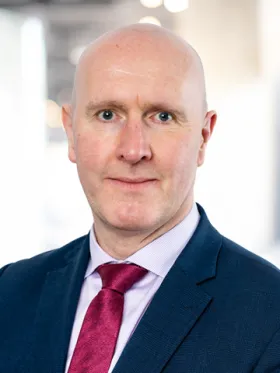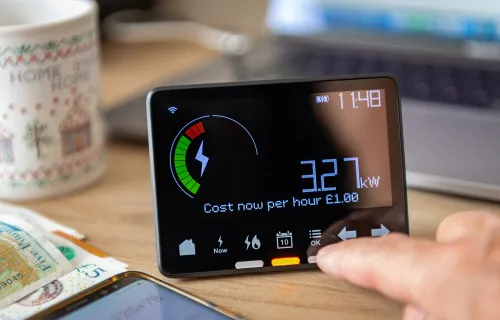Okay, so I’ve borrowed a quote by Confucius for the title, but it’s relevant to this blog.
This summer has seen some important developments in the energy sector – developments that give me continued reason to use the ‘F’-word.
No! Not that one!
As those of you who’ve followed my intermittent blogs will have picked up, in my world the ‘F’-word is flexibility.
In our May 2017 research, conducted on our behalf by Utility Week, into the sector’s leaders’ views on Demand Side Flexibility in UK Utilities identified:
- a lack of policy and regulatory clarity around DSF, ranking it just 4.2 out of 10
- confidence that the forthcoming regulatory reforms will remove the barriers to DSF at just 5 out of a possible 10
At the end of June the Committee on Climate Change published its 2017 Report to Parliament with a Roadmap for Flexibility Services to 2030.
July saw National Grid share there updated Future Energy Scenarios. I Tweeted the chart showing about how storage prices are falling faster that projections and posited whether Moore’s Law was more applicable to the costs of low carbon technologies and questioned the relevance of fossil fuel fundamentals and the concept of grid parity. And now in September the latest Capacity Auction has seen the off-shore wind prices re-opening the debate on the costs of commissioning new nuclear generation.
Perhaps most importantly though, on 24 July, BEIS published its much anticipated response to the Call for Evidence on a Smart, Flexible Energy System - Upgrading our energy system: a smart systems and flexibility plan. The fact that it is referred to as a ‘Plan’ is significant and may go some way to providing the sector with the confidence needed identified in our research.
The ‘Plan’ sets the direction and actions that will bring about a transformation into a smart, flexible energy system. The obvious question being – why? Well that could save GB consumers between £17bn and £40bn to 2050. Okay, it’s a broad range, but even at the lower end, it’s pretty material!
The ‘Plan’ has three core themes:
- removing barriers to smart technologies;
- smart homes and businesses; and
- markets which work for flexibility.
So, if we want to understand what the sector’s journey towards 2030 might look like then, to make the link to the title of this blog, “Study the past, if you would define the future”, we’ve been looking at the journeys of other technology enabled market transformations and have captured our thoughts in a new white paper – ‘Beyond Smart’.




